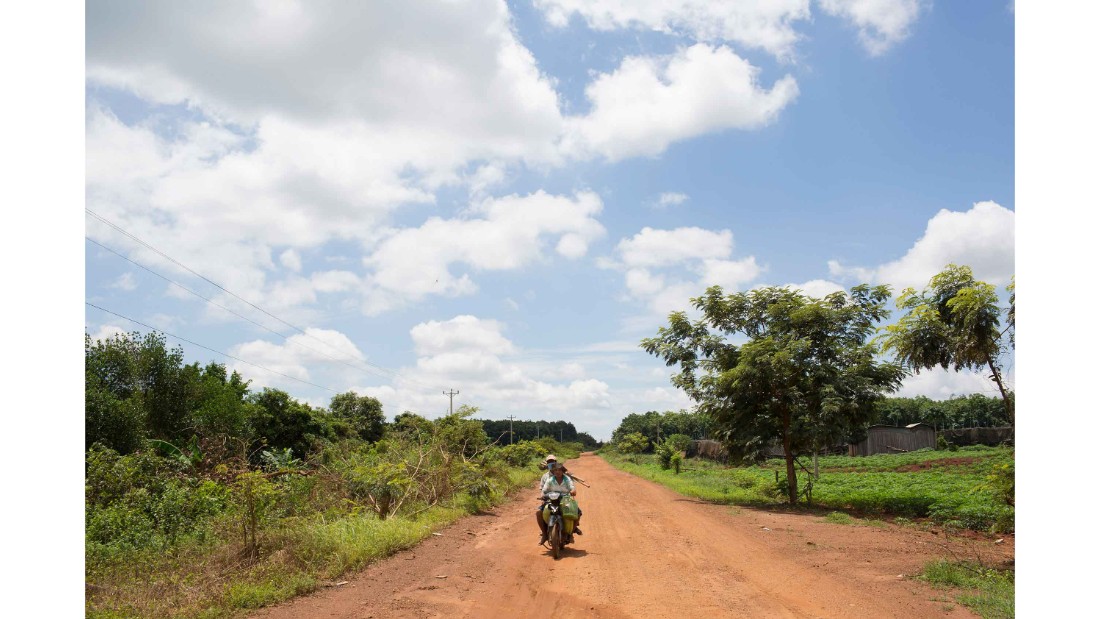 |
| The road leading to Srosomthmy village, in Mamot district, Cambodia.(Photos are courtesy of Tom Maguire, communications manager and photographer for RESULTS UK). |
What happens when health care is scarce and TB rates are high
CNN |24 March 2017
The roads are bright orange and unpaved through the agricultural district of Memot in Cambodia. Along the sides lie miles of maize fields and a few farmers tending to them.
Some of these men reside in the small village of Srosomthmy -- one of many tiny hamlets located within the district.
As they nurture their crops, most of their wives are attending an important meeting at the village's central gathering point to hear about an issue affecting not just them, but the whole country: tuberculosis.
TB is now the leading cause of death by an infectious disease, globally, and Cambodia has among the highest rates in the world, with 380 people estimated to be infected per 100,000 in the population in 2015.
It's a small country, with a population of just more than 15 million. Total numbers infected appear low when compared globally, particularly against countries such as India, which had almost 2.85 million new infections in 2015, compared to Cambodia's 59,000.
But when it comes to TB, the rate of infection is somewhat more important, as this shows a greater concentration and, given the airborne nature of the disease, greater opportunity for infection.
This, along with the signs and symptoms of the disease and how best to seek treatment, is what the women of Srosomthmy are learning about during an educational workshop run by local NGO, RHAC.
"Someone will be coughing for months ... and people will say he's an old man and it's part of being old," said Dr. Jamie Tonsing, South-East Asia Regional Director for the International Union Against Tuberculosis and Lung Disease, who believes greater awareness about TB is needed to ensure people get treatment and prevent infecting others.
Coughing is one of many symptoms of tuberculosis, and how the disease spreads -- through airborne droplets carrying the infectious bacteria -- and people often wait until symptoms become severe before seeking any form of diagnosis or treatment, according to Tonsing. Other symptoms include night sweats and weight loss.
Seeking treatment is "low on the priority list," said Tonsing.
Decades of civil unrest and economic hardship have left Cambodia, its people, and its health care infrastructure, in need of recovery.
"The whole health care system was non-existent after the civil war," said Tonsing, adding that the country had lost the majority of its doctors and nurses. According to the World Health Organization (WHO), fewer than 50 doctors remained in the early 1990s, after a prior total of around 600.
With low resources, not only the elderly were left coughing -- Cambodia has a relatively young population, with a median age of 25 years old.
WHO surveys in 2002 showed TB infection rates as high as 1,500 infections per 100,000 people, almost five times their current rates.
But since the end of the civil war more than 15 years ago, great efforts have been made to get the country back on track, with marked progress in terms of TB control.
Significant coordination between global donors and organizations, including WHO and the Japan International Cooperation Agency, and the Cambodian government led to the formation of the National Center for Tuberculosis and Leprosy Control under the Ministry of Health.
This, in turn, transformed health care provisions, including training of local health care workers and nurses and localizing -- or decentralizing -- care so people could get treated at their local clinic, instead of a hospital 10s or 100s of miles away.
The distance means many are unable to get care with their family by their side; someone needs to stay home and look after the kids, or earn an income.
Infections remain high while funding falls
"The rates remain high," said Tonsing, highlighting that although Cambodia isn't topping the list, it remains in the top 10.
"It takes many years to bring it down ... that's the nature of TB," she said, highlighting that global rates have fallen by just 1.5% per year since 2000.
But having seen the decline, external donors have begun to extract themselves, said Tonsing, believing the national government should now be able to handle the burden, leaving doctors in the region worried that progress made over the past few decades could soon be reversed.
"People should not be pulling funding," said Tonsing, adding that the Japanese agency pulled out from funding programs in 2014. Having worked on the epidemic in Cambodia for five years and now working on the epidemic across the region, she believes the national TB program cannot handle control efforts on its own. "All the gains will be lost," she said.
As funders withdraw, doctors working on the national TB program fear the funding gap that already exists to enable health care to function, will get larger.
According to the WHO, in 2015, just 12% of the TB program here was funded domestically, 47% by foreign donors and 42% remained unfunded.
Closing, not widening, this gap is the key to ending TB in Cambodia, said Dr. Mao Tan Eang, director of the National TB Program.
He gives the example of Kampong Cham district hospital, the main hospital serving its surrounding districts, including Mamot. The hospital processes TB samples for one-third of the country -- 5 million people -- but without further funding, it is unlikely to be able to continue to provide testing that's vital to detect drug resistance.
"Cambodia has a high rate (of infection) due to under diagnosis," said Dr. Mishal Khan, assistant professor of health policy and systems research at the London School of Hygiene and Tropical Medicine. Khan has been working with Cambodia's National TB Program to identify their priorities in terms of curbing the disease.
"People can remain undiagnosed for prolonged periods of time," she said. "So bringing it down is going to be a challenge as there are people that can spread it."
Khan sat down with national teams in 2015 to identify what needed to be prioritized to tackle infection rates. The need to integrate services for all diseases -- TB, HIV and malaria for example -- would help aid people getting diagnosed, as they could be tested when coming into a clinic for other reasons.
This, along with more health care facilities at the local level, so people can actually go to them, is what's needed, she said, to continue bringing infections down. "That's what I think is needed," she said.
In a country like Cambodia, where 79% of the population live rurally, according to the World Bank, local is not just an ideal, but a necessity to get people into care.
Any efforts now will still take decades to have an impact, Tonsing added. There is poverty, health care systems still in need of resources, and HIV in the population, said Tonsing. In Cambodia, an estimated 74,000 people were living with HIV infections, according to UNAIDS. HIV weakens the immune system, enabling TB to more easily take hold.
"These all come together to fuel the TB epidemic there," she said.


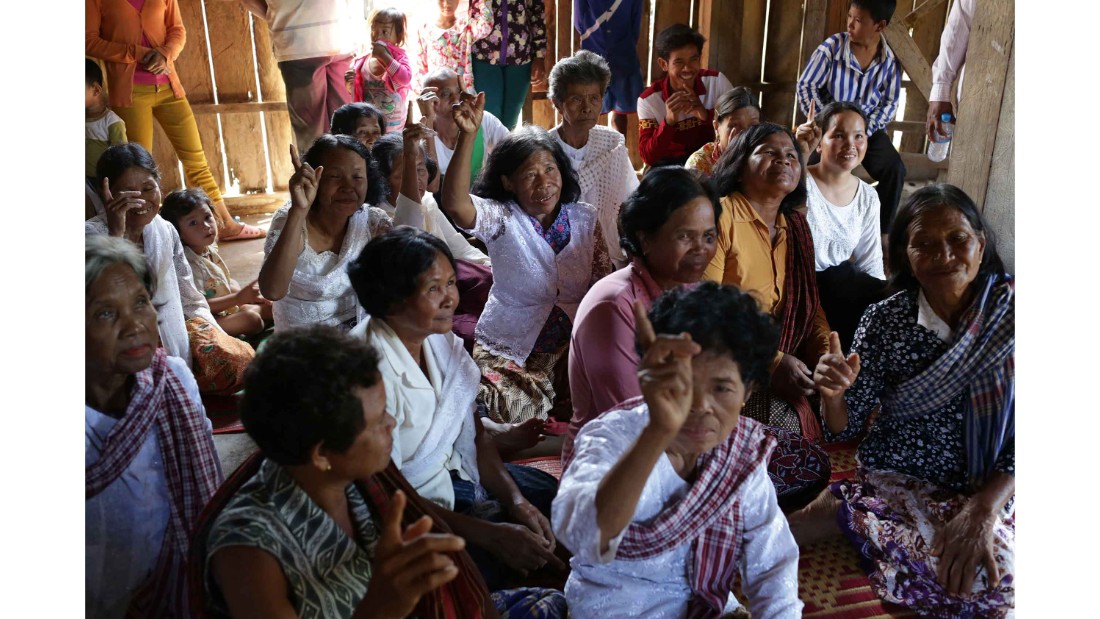
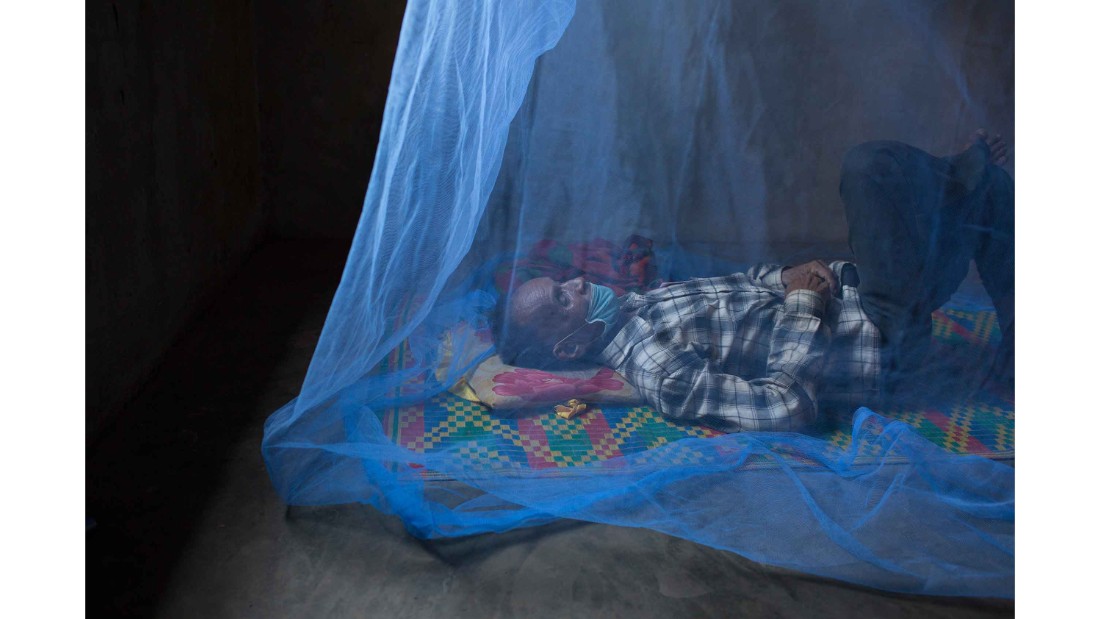

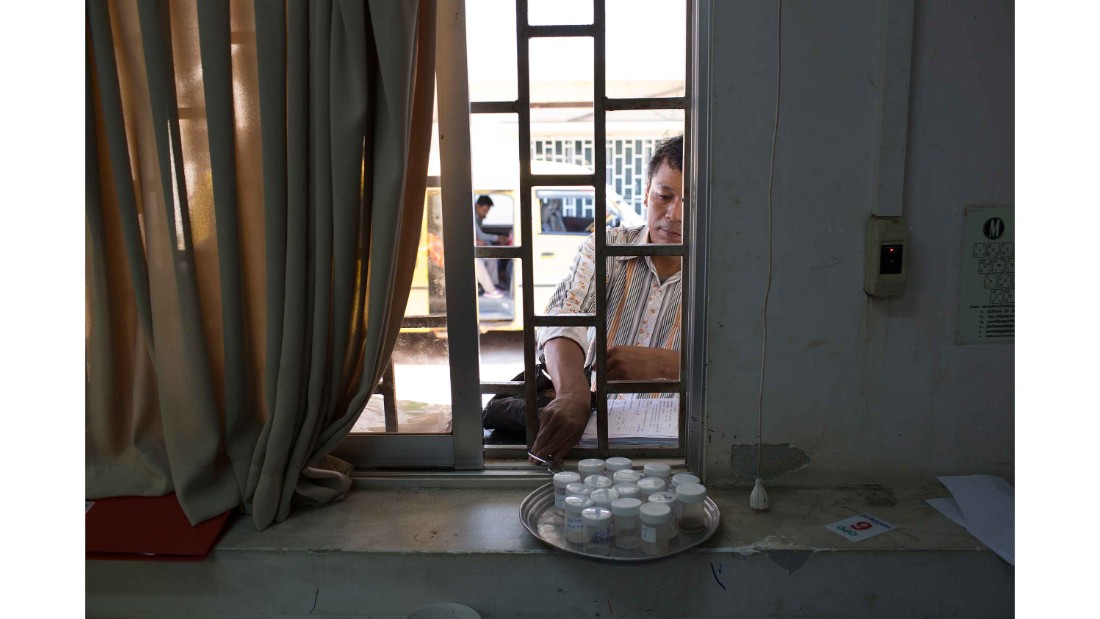
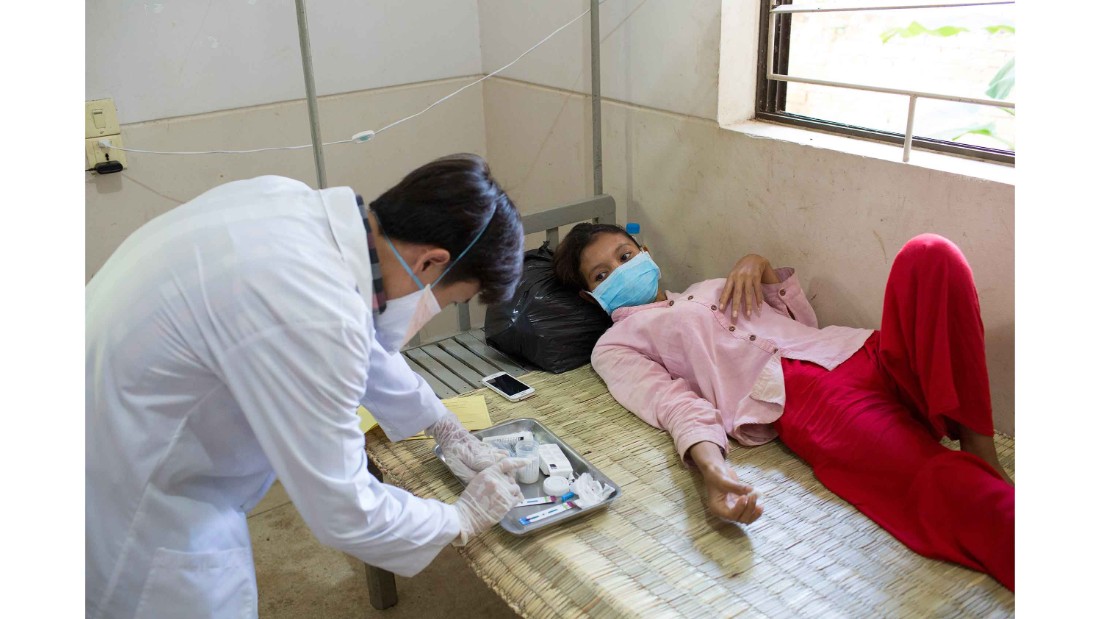
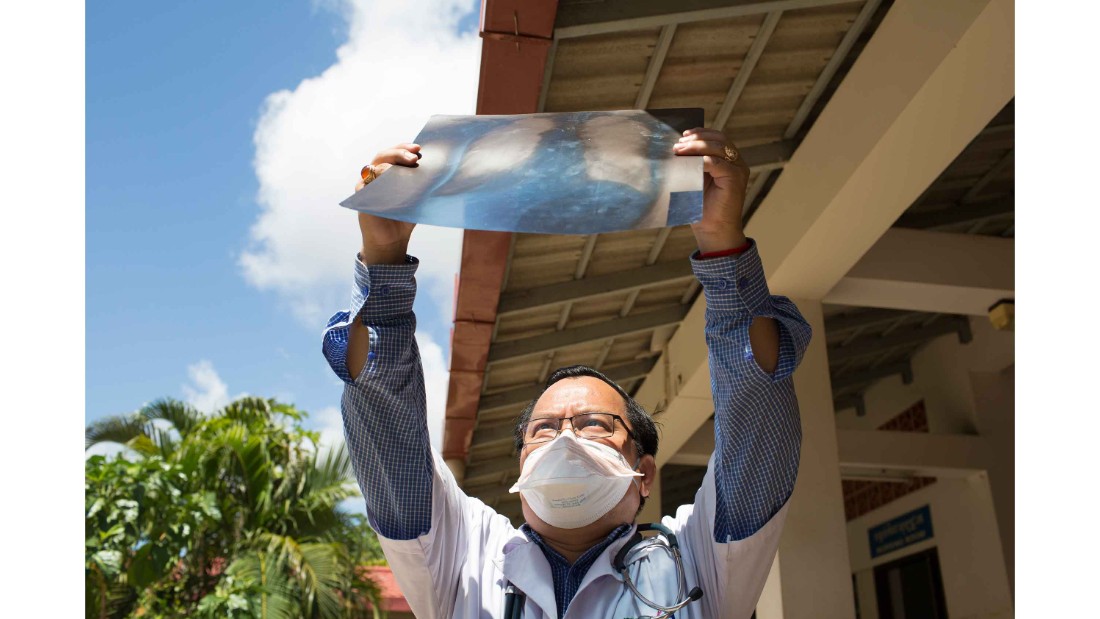
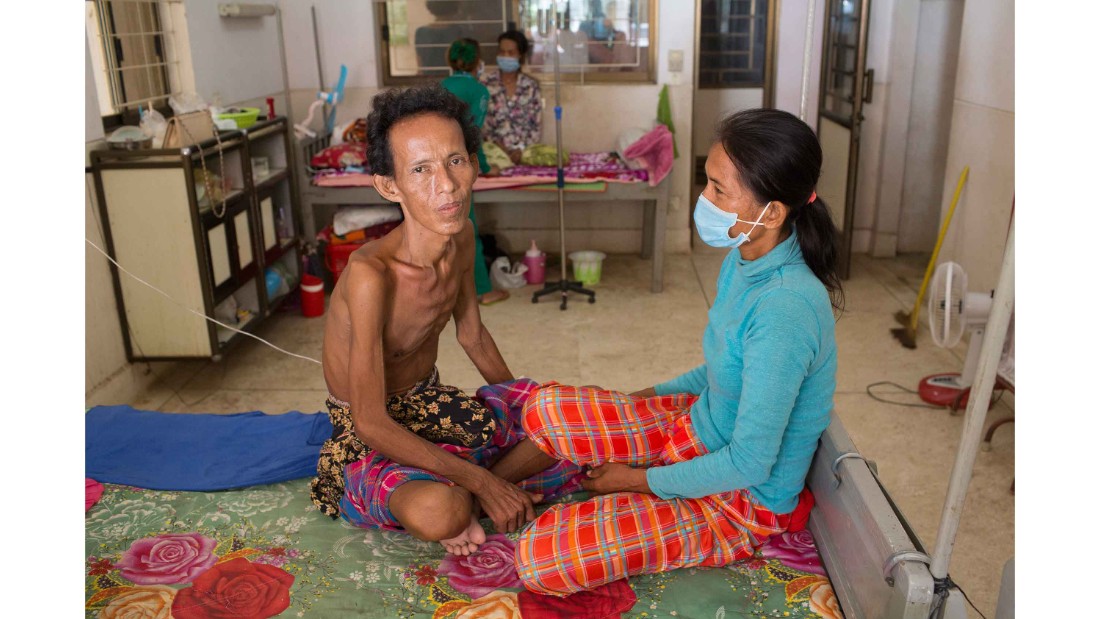
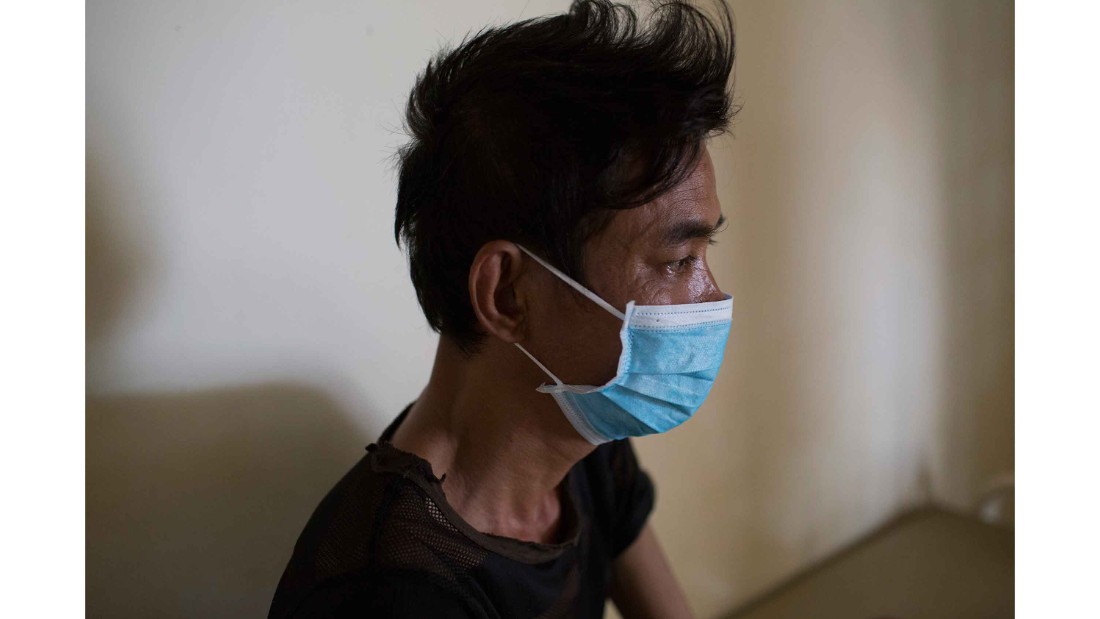
With bistroMD you will know that you will not only get delicious entrees, but that every meal and each in bistroMD's weight loss program is balanced to bistroMD's designed nutritional platform thatis promoting healthy weight loss.
ReplyDeleteSTEP 1 - Choose one of the diet plans for 5 to 7 days of meals.
STEP 2 - Overview your menu in advance and decide on the entrees you prefer for each day and week.
STEP 3 - Order your weight loss plan.
STEP 4 - Your meals are sent to your doorstep.
GET STARTED NOW - delivered to your home.